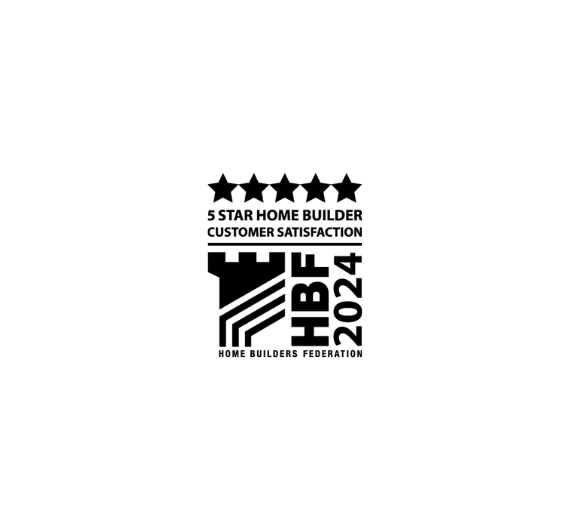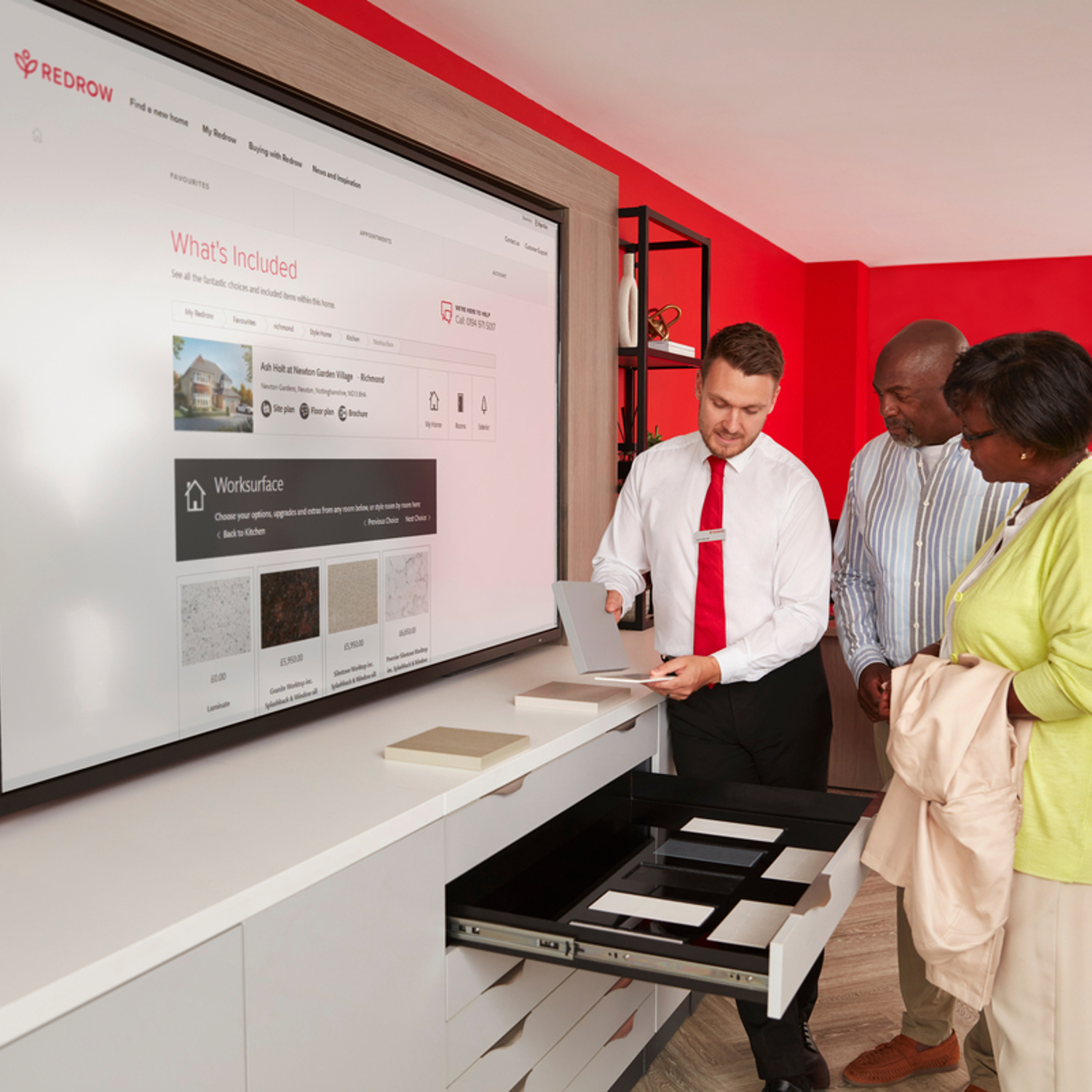Building Responsibly
Putting customers first and working safely, considerately and sustainably
Putting our customers first
Consistently deliver high quality, efficient homes for our customers
We want our customers to be delighted with every aspect of the homes and services we offer.
FY22/23 at a glance
4.5
Trustpilot score
5 star
HBF rating
87%
of our build stages rated good to outstanding
Commitment to quality
Quality remains one of the top material issues for our stakeholders and we’ve earned our reputation for consistently delivering homes to a superior standard, as evidenced in ‘Excellent’ Trustpilot ratings and five-star HBF ratings for five years running.
Despite these consistently high ratings, we don’t take customer loyalty or our respected position in the market for granted. It’s why our master planners and designers are continuously finding new and creative ways to meet the changing needs of our customers and the communities we work in.

Taking the stress out of home-buying
We know that people want a seamless, self-managed buying process, with Redrow experts on hand to speak to at any time. This spans initial interest, right through to move-in day and the months afterwards. For prospective homeowners, Customer Experience Suites offer virtual viewings and real-time availability of homes, as well as interactive information on unique features like ASHPs, underfloor heating and EPC calculators to help understand the energy savings they could make.


At purchase stage, customers have the option of completing the entire process from their smartphone, using the My Redrow platform to reserve and personalise a property, message securely with experts and view virtual tours of their future home. At the same time, customer hard hat tours remain highly popular. Once moved in, My Redrow continues to provide excellent aftersales support and customers can access advice and report any issues instantly via our highly-acclaimed Homeowner Support portal, now used by 90% of customers. Meanwhile, the new homeowner support team is available to offer friendly, expert help.
Overall, our digital/real-world model of customer servicing is working – as evidenced by customer feedback and validated in cross-sector awards, such as the Institute of Customer Service Customer Satisfaction Awards 2023.




